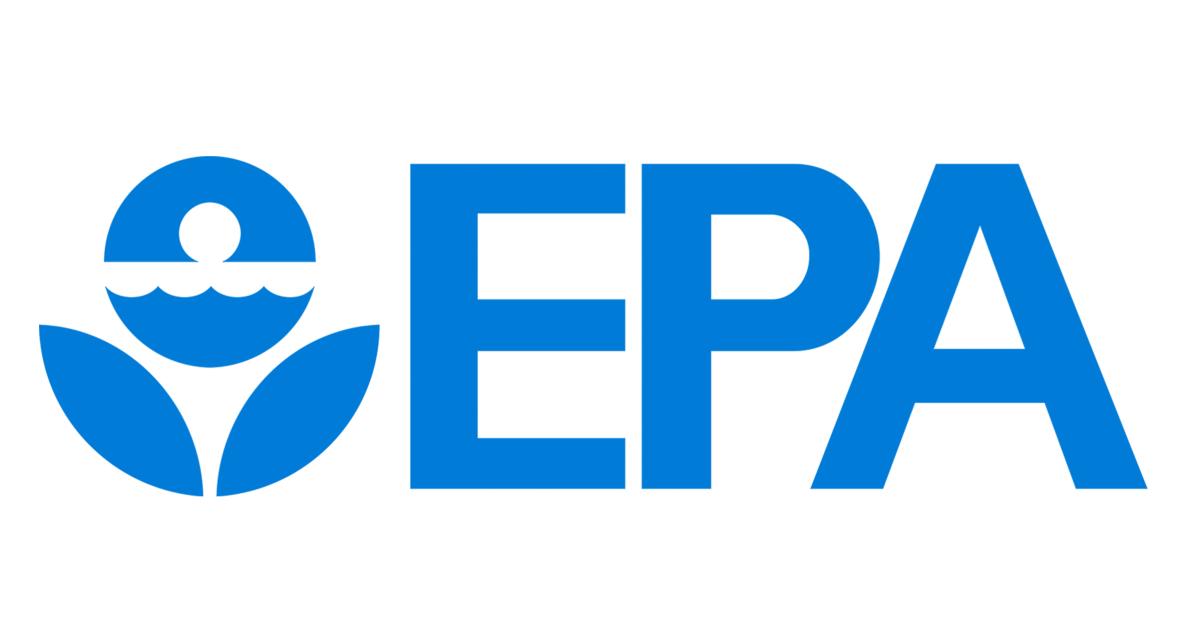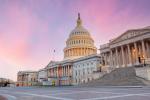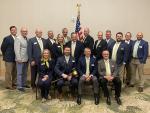WASHINGTON — The Environmental Protection Agency (EPA) today announced the ban of a solvent used in many U.S. drycleaning plants. Through the efforts of drycleaning industry groups, however, cleaners will have a few years to come into compliance.
The ban announced on Dec. 9 affects perchloroethylene, also known as PCE or perc, along with trichloroethylene (TCE). The EPA’s intention of sunsetting of these two solvents was first announced in June 2023, when the agency opened the discussion to the public. Through the efforts of drycleaning industry groups such as the Drycleaning & Laundry Institute (DLI) and the National Cleaners Association (NCA), however, dry cleaners will have a longer timeline than many other industries to eliminate perc from their process.
Under the ban proposed last year, dry cleaners with older, third-generation drycleaning machines will have three years to transition to alternative solvents. Cleaners with newer fourth- and fifth-generation equipment, which collects and stores perc more efficiently, would have 10 years to make the change.
“This is not unexpected,” says Jon Meijer, DLI’s director of membership. “When the proposal came out, they were looking to ban all consumer uses of perc.”
While perc has been used in the drycleaning industry for nearly a century, its use has been dropping in the past few years because of the health aspects and increased legislative scrutiny. Both perc and TCE have been found to be health hazards, the EPA says, with perc being linked to various types of cancer, along with reproductive and immune issues.
“The number of cleaners using third-generation machines,” Meijer says. “I would say it’s just a handful now. That is very old equipment that most people started to get rid of back in the late 1980s and early 90s. Newer machines will have a phase-out period, and people aren’t buying new perc machines. So, the bottom line is, from our perspective, while there is a ban, we have a 10-year phase-out. We're not disappointed.”
The final regulation has yet to be entered into the federal register, but Meijer believes that one of the reasons the announcement of the ban was made today was due to political realities.
“Biden's getting out of office,” he says, “and there's definitely some push from the presidency to get some of these things through. Still, this is just the final form of what was proposed a while ago. Nobody should be shaking in their boots on this.”
One of the things that was mentioned in the discussion phase of this ban was proposed funding that would have been used to support dry cleaners in transitioning from perc. However, this funding has yet to be approved. “We have a new president coming into office,” Meijer says, “so we don't know what's going to happen with grants and funding.”
And, while the federal sunset for most cleaners using perc in 10 years, things might be different on a state-by-state basis.
“My gut feeling is states could act far quicker,” Meijer says. “States might take this regulation and say, ‘OK, we don't like 10 years — maybe we'll do something a lot less.’ They can certainly do that.”
As far as the federal ban, however, Meijer believes that the vast majority of dry cleaners will have plenty of time to address the issue.
“There's nothing more we could have achieved out of this ruling, as long as it stays the way it is,” he says. “It's very fair to the drycleaning industry.”
Have a question or comment? E-mail our editor Dave Davis at [email protected].










































